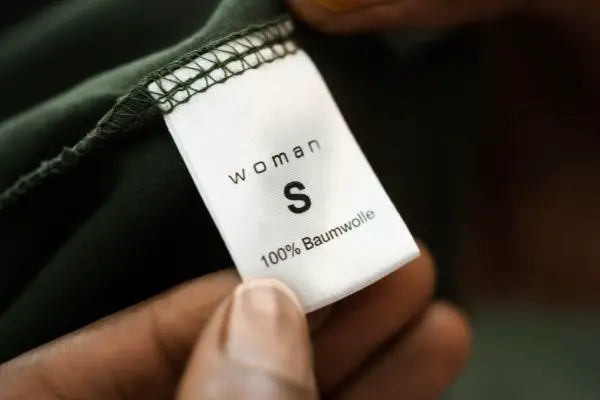How To Separate Laundry (The Right Way, Please!)
Contemporary fabrics and modern laundry detergent formulas have made classic sitcom moments like the white T-shirt that comes out of the wash flamingo pink largely a thing of the past.
That doesn’t mean you should stop sorting your laundry altogether. In fact, separating your laundry could be good for the planet!
Sorting your family’s laundry by color, fabric type, and special care needs can prolong the life of garments considerably. In turn, you can purchase new clothing less often and minimize your contribution to landfills.
How To Separate Laundry By Colors
Sorting by colors is the method most people are familiar with. And it’s as simple as making one pile for light-colored items and another for dark-colored items.
The big question when it comes to sorting laundry by color is where to draw the line…

Light loads should include whites, light gray, and other muted colors. You can even separate out pure whites on their own for maximum crispness.
Any color brighter than a pastel should be placed with your darker items. If a particular garment could go either way, err on the side of caution by laundering it with your darks.
Don’t be alarmed if your dark pile towers over the light one. This is very normal for most families!
How To Separate Laundry By Fabric
Read The Labels
With the exception of handmade items, nearly everything you place in your washer and dryer comes with a care label. It’s a good idea to familiarize yourself with these labels as you add new clothing and linens to your household inventory.
The information on these labels can be overwhelming but there are two key things to look for: fabric content and special instructions.
Fabric Content
Care labels take the guesswork out of sorting your laundry by fabric. Most garments and linens are clearly labeled with the type and percentage of each material. With that info in hand, you can easily determine the best way to launder each item.

It’s quite common for clothing and other goods to be made of more than one fiber type. Unless the label says otherwise, it’s best to launder these items according to the predominant fabric.
Special Instructions
The most important information you’ll find on any care label is whether or not the item can be machine washed.
Delicate items are often labeled as “hand wash only” or “air dry only.” Some fabrics — think natural wool or silk — may require dry cleaning. Placing these items in your standard washer or dryer could permanently damage the fabric.
Ideally, you should keep tabs on which items in your closet need special care. I like to set these items aside immediately after wear (versus placing them in the regular hamper) so that they don’t accidentally end up in a load of laundry!
Sort By Look And Feel
Aside from identifying specific textiles in your wardrobe, it’s also a good idea to sort your laundry by fabric weight or texture. For example, you wouldn’t want to wash a rough pair of denim overalls with a delicate satin blouse!
This isn’t exclusive to clothing. Many people, including myself, opt to separate heavy bath towels from softer linens like bedsheets and pillowcases.
Another compelling reason to sort laundry by fabric type is how quickly different materials dry. If you throw everything into the dryer in a single load, thinner fabrics will experience a ton of extra wear and tear before the thicker ones are fully dry.

Here are a few more tips to keep in mind when organizing your laundry:
- Avoid laundering lint-producing items like towels or sweaters with garments that attract lint.
- Set aside embellished items (clothing decorated with sequins, embroidery, etc.) to either hand wash or launder using a mesh bag.
- If you typically use fabric softener, separate out swim and activewear to be laundered with detergent alone.
Frequently Asked Questions
Are patterned garments washed with lights or darks?
If most of the fabric is white, patterned clothing should be washed with other light items.
For items that are 50/50 — e.g., a T-shirt with equal stripes of navy blue and white — it’s generally okay to put them in with your light-colored items. The fabric will have been specially dyed or treated to prevent running between the colors.
To be extra safe, hand wash patterned items separately when they are brand new. Once they have been worn a few times (and any excess dye is washed away) you can integrate them into your regular laundry.
Should heavily soiled items be washed separately?
Yes, you should wash heavily soiled laundry separately. Doing so will protect the soiled items as well as the rest of your clothing.
Laundering soiled items alone makes it easier to target ground-in stains and odors (such as period blood or mildew, respectively). Meanwhile, keeping ultra-dirty pieces separate ensures that things like motor oil don’t transfer to the rest of your laundry in the washing machine!





